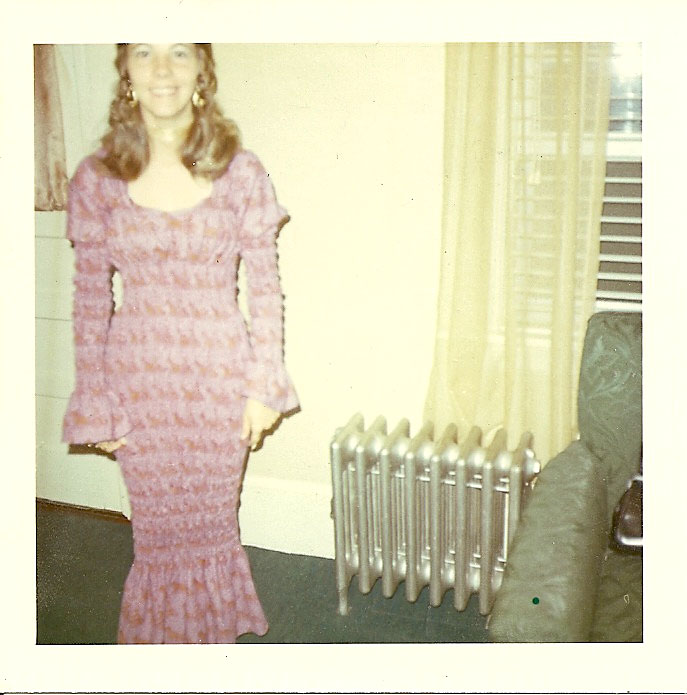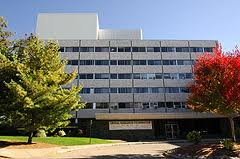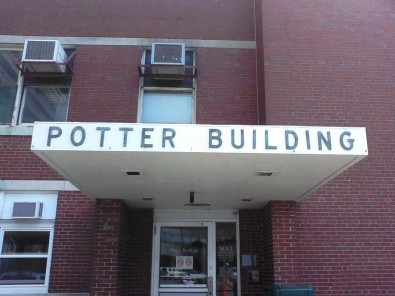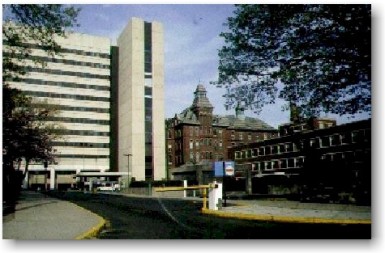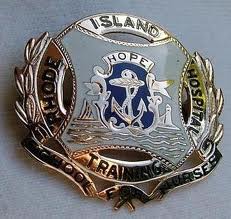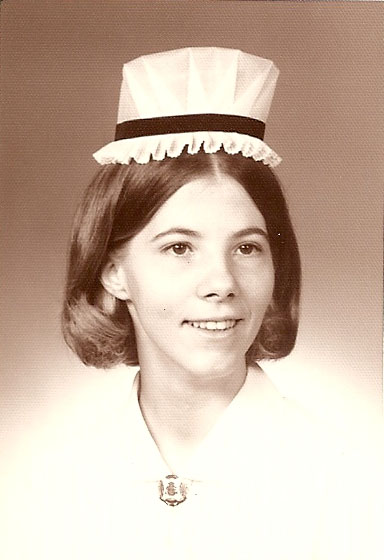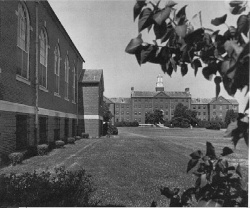The 1960s was the decade that started on January 1, 1960, and ended on December 31, 1969. It was the seventh decade of the 20th century. The 1960s term also refers to an era more often called The Sixties, denoting the complex of inter-related cultural and political trends across the globe. In the United States, “the Sixties”, as they are known in popular culture, is a term used by historians, journalists, and other objective academics; in some cases nostalgically to describe the counterculture and social revolution near the end of the decade; and pejoratively to describe the era as one of irresponsible excess and flamboyance. The decade was also labeled the Swinging Sixties because of the fall or relaxation of some social taboos especially relating to sexism and racism that occurred during this time. The 1960s have become synonymous with the new, radical, and subversive events and trends of the period. Some commentators have seen in this era a classical Jungian nightmare cycle, where a rigid culture, unable to contain the demands for greater individual freedom, broke free of the social constraints of the previous age through extreme deviation from the norm. This does not alone however explain the mass nature of the phenomenon. This time period I am between the age of 11 and 22, an adolescent, teenager and young adult, finding myself feeling like I am not like everyone else, that I am a seeker of knowledge, that I do not want to follow the norms placed on women, to think outside the box, to be free to be me despite my fears and anxieties, to go where I want to go, to do what I want to do while accepting the consequences of my behavior.
In the second half of the decade, I was surrounded by young people who began to revolt against the conservative norms of the time, as well as remove themselves from mainstream liberalism, in particular the high level of materialism which was so common during the era. My family has struggled financially and I have felt like a burden on my mother, so I only ask for what I absolutely need and my needs are minimal, the money I received is used on things I valued as important, mostly books, music and nylons. I am a part of a “counterculture” that sparks a social revolution throughout much of the western world. It began in the United States as a reaction against the conservatism and social conformity of the 1950s, and the US government’s extensive military intervention in Vietnam, examining moral and ethical issues that surround me causing suffering and pain. Me and other youth involved in the popular social aspects of the movement are known as hippies. I join groups that create a movement toward liberation in society, including the sexual revolution, questioning authority and government, and demanding more freedoms and rights for women and minorities. The Underground Press, a widespread, eclectic collection of newspapers served as a unifying medium for the counterculture which keeps us informed of what is going on and giving us different perspectives and new way of looking at things- which resonated with me for I am sensitive to the plight of others and wish to lighten their load. The movement is also marked by the first widespread, socially accepted drug use including LSD and marijuana, which I refrained from for fear of losing sight of my goal, but the psychedelic music really gets me to my bones.
The war in Vietnam would eventually lead to a commitment of over half a million American troops, resulting in over 58,500 American deaths, besides being the first war where many more veterans came back disabled in body and mind, and producing a large-scale antiwar movement in the United States. As late as the end of 1965, few Americans protested the American involvement in Vietnam, but as the war dragged on and the body count continued to climb, civil unrest escalated. The book Johnny Got His Gun: which is an anti-war novel based on World War I, was written in 1938 by American novelist and screenwriter Dalton Trumbo and published September 1939 by J. B. Lippincott; it won one of the early National Book Awards: the Most Original Book of 1939; it was reprinted with a foreword containing the Vietnam statistics of deaths and injuries compared to other wars and reflects the horror of war; in 1971 it was made into a film that was so controversial it was banned in Boston after showing for 2 weeks. As a nurse I was extremely aware of the suffering that is created by war and had a dream where I was walking through a battle field of dead baby skeletons, feeling the world’s pain and wanting to be of service in the relief of it, visualizing peace as the answer. Our medical advances were saving more soldiers than in any other time in history, leaving many disabled and or traumatized since they were going directly home from the war rather than to a camp to be reconditioned as in previous wars.
The antiwar movement by the mid-1960s is a broad-based mass movement centered in universities and churches: one kind of protest is called a “sit-in”. Voter age-limits are being challenged by the phrase: “If you’re old enough to die for your country, you’re old enough to vote.” Many of the youth involved in the politics of the movements distanced themselves from the “hippies”. Students become a powerful and disruptive force and university campuses spark a national debate over the war, especially the well known Kent State Massacre on May 4, 1970. As the movement’s ideals spread beyond college campuses, doubts about the war also begin to appear within the administration itself. A mass movement begins rising in opposition to the Vietnam War, ending in the massive Moratorium protests in 1969 which me and my friends joined in on the Rhode Island State House Lawn, which is a peaceful gathering.
There is a movement of resistance to being drafted for the war, there are many guys I know who claim to be “conscientious objector”, some take off for Canada and are called “draft dodger”. Many of my family and friends become “Vietnam Vets” and when they return home they are treated disrespectfully, unlike any returning vet have been treated in previous wars, there were few parades for their bravery and courage, instead they are treated with contempt by the war protestors and not given the recognition they require for healing. They are made to feel alone and isolated and no one to talk to about their hellish experiences. Being a protestor myself, I respect their choices and honor them for their service to our country, they have sacrificed much. It is the political system that has manipulated the war, the few who are in power, keeping the war going for their own goals, not what is best for humanity and that is where my anger is directed.
I am an integral part of the rise of Feminism in the United States and around the world gaining momentum in the early 1960s. At the time, a woman’s place was generally seen as being in the home, and they were excluded from many jobs and professions’, being a nurse was one of the acceptable routes to education. Commercials often portrayed a woman as being helpless needing a man to survive. In the US, a Presidential Commission on the Status of Women found discrimination against women in the workplace and every other aspect of life, a revelation which launches two decades of prominent women-centered legal reforms such as the Equal Pay Act of 1963 which broke down the last remaining legal barriers to women’s personal freedom and professional success. Feminists took to the streets, marching and protesting, writing books and debating to change social and political views that limited women. In 1963, Betty Friedan’s revolutionary book, The Feminine Mystique, the role of women in society, and in public and private life was questioned. By 1966, the movement was beginning to grow in size and power as women’s group spread across the country and Friedan, along with other feminists, founded the National Organization for Women. In 1968, “Women’s Liberation” became a household term as, for the first time; the new women’s movement eclipsed the black civil rights movement when New York Radical Women, led by Robin Morgan, protested the annual Miss America pageant in Atlantic City, New Jersey. The movement in Boston has Gloria Steinem leading women in bra burning. I am fighting the barriers against woman in my own personal life, and a symbol of the push for freedom is only wearing a bra when I am doing my clinicals at the hospital otherwise I go braless. I am in an all female field working side by side with strong, educated and skilled women who run hospitals while saving and healing lives.
The Gay rights movement in the United States, in the middle of a social revolution, led the world in LGBT rights in the late 1960s and early 1970s. Inspired by the civil rights movement and the women’s movement, early gay rights pioneers have begun, by the 1960s, to build a movement troll. These groups are rather conservative in their practices, emphasizing that gays were just like straights and deserved full equality but by the very end of the 1960s, the movement’s goals changed and became more radical, demanding a right to be different, and encouraging gay pride. The symbolic birth of the gay rights movement did not come until the decade had almost come to a close. Gays are not allowed by law to congregate. Gay establishments are routinely raided by the police to arrest gay people. On a night in late June 1969, LGBT people resisted, for the first time, a police raid, and rebelled openly in the streets. This uprising called the Stonewall Riots begin a new period of the LGBT rights movement that in the next decade will cause dramatic change both inside the LGBT community and in the mainstream American culture. It was in my first therapy group when I meet some gay women who were professionally and financially successful, strong women who were out spoken and were not afraid to be themselves they are great role models for me when it comes to defining yourself. People have a right to love whom they find themselves drawn to without being told they are ill and need to be reconditioned, love is what humanity is all about.
I find the multitude of discriminations taking place at this time represents an inhuman side to a society that in the 1960s was upheld as a world and industry leader. I am very aware of the issues of civil rights and warfare being major points of reflection of virtue and democracy, what once was viewed as traditional and inconsequential is now becoming the significance in the turning point of a culture. A document known as the Port Huron Statement exemplifies these two conditions perfectly in its first hand depiction, “while these and other problems either directly oppressed us or rankled our consciences and became our own subjective concerns, we began to see complicated and disturbing paradoxes in our surrounding America. The declaration “all men are created equal…” it rings hollow before the facts of Negro life in the South and the big cities of the North. The proclaimed peaceful intentions of the United States contradicted its economic and military investments in the Cold War status quo.” These intolerable issues become too visible to ignore therefore its repercussions are feared greatly; the realization that we as individuals take the responsibility for encounter and resolution in our life issues is an emerging idealism of the 1960s. It seems everywhere I hear hypocrisy, I was first aware of it in the Catholic Church, for morals and virtue are only spoken about and does not come through in action and behavior. The old do as I say not as I do.
When we look at Crime in the 1960s we see a large increase in crime and urban unrest of all types. Between 1960 and 1969 there is a reported increase in incidences of violent crime per 100,000 people in the United States which has nearly doubled. Large riots have broken out in many cities, such as Chicago, Detroit, Los Angeles, New York City, Newark, Washington, D.C. and Oakland. The Manson Murders which took place on August 8–10, 1969 is the most famous of crimes at the time. People are feeling disenfranchised and without hope becoming angry and acting it out on the world they think is against them, fighting for their survival.
For the first time in history, a human being sets his foot on the Moon, in the Moon landing of July 1969. Now Humanity see the Earth from a different perspective, we are all on this beautiful blue planet, we are a part of a bigger whole, we each carry a piece of the puzzle, to learn to work together for the highest good for all life on this globe turning and moving in space.
